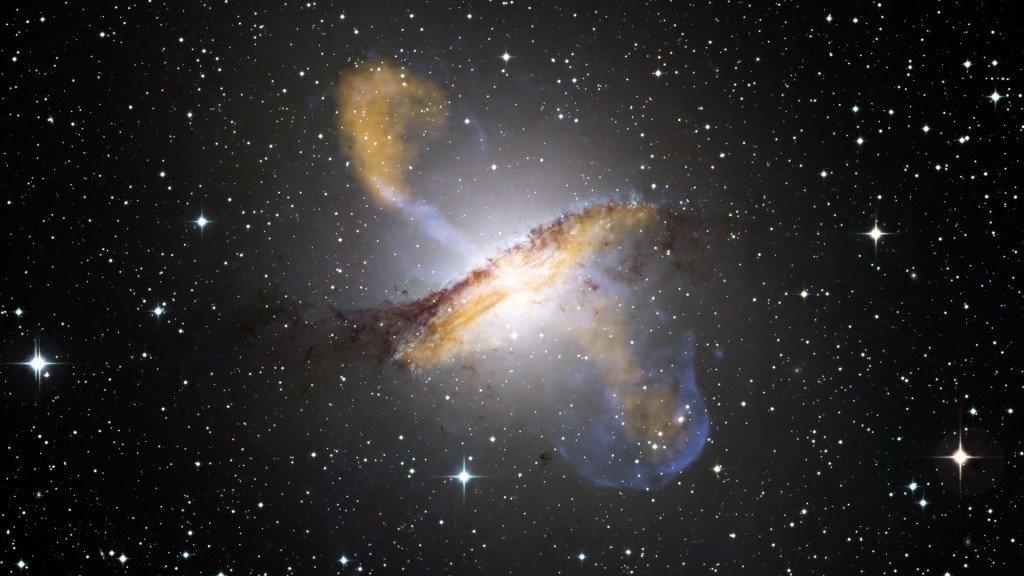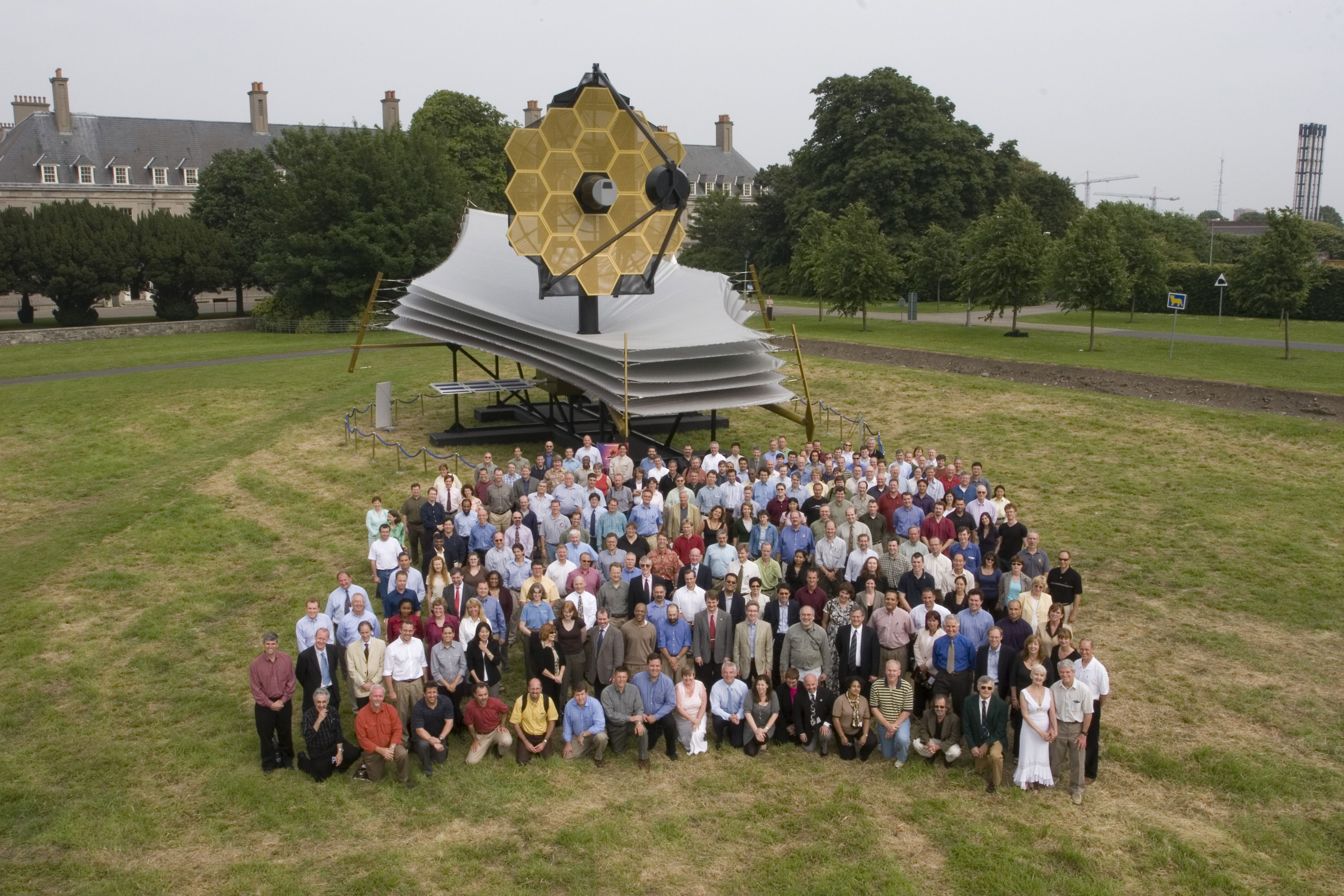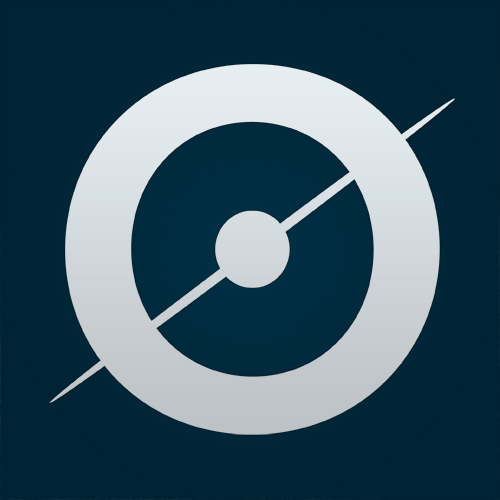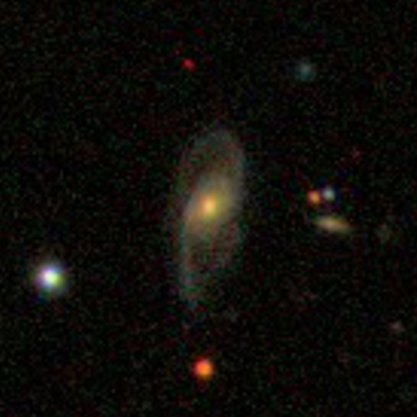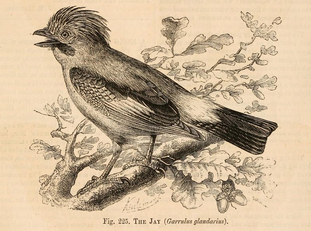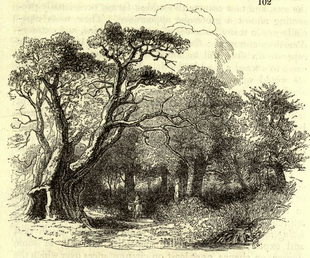-

-

-

-

-

-

-

-

-

-

-
-

-

-

-

-

-

-

-

-

-

-

-

-

-

-

-

-

-

-

-

-

-

-

-

-

-

-

-

-

-

-
-

-

-
 TOTW: Google's Project Ara Modular Phone May Be The Future Of SmartphonesOctober 30, 2014
TOTW: Google's Project Ara Modular Phone May Be The Future Of SmartphonesOctober 30, 2014 -

-

-

-

-

-

-

-

-

-

-

-

-

-

-
-
-

-

-

-

-

-

-

-

-

Posts tagged astronomy
The James Webb Space Telescope – An Astronomer’s Dream
09 years
Astronomy is all about looking up at the stars. Trying to figure out how the universe works and where our place as humans on Earth is in that giant universe. Where geneticists and particle physicists work on the smallest scales, astronomers work on the largest physical scales: the firmament. For a long time, the naked eye and then simple telescopes were enough to make productive observations, but, science has reached a point in astronomical development where we need ever better equipment to realize new discoveries. The bigger, more expensive, and technically advanced the telescope, the better. And sending it into space is even better, to render the best images and readings.
That seems like a big ask, and it is. The Hubble Space Telescope made its way into popular culture history as the first scientific telescope the public actually knew and cared about. Well, in 2018, a new telescope will be launched that is even greater than the legendary Hubble. It’s called the James Webb Space Telescope (JWST), and it’s pretty much an astronomer’s dream.
“Why an astronomer’s dream?”, you may be asking. The answer is fairly straightforward: the JWST is a gigantic, high-tech, multi-purpose instrument. To put it in perspective, the Hubble telescope had a mirror, essential in capturing astronomical images, of 8 feet across. The 8-foot mirror produced images like this:
Now consider the JWST. It is planned to have a mirror of a whopping 21 feet and 4 inches in diameter. Made up of 16 smaller, hexagonal mirrors, the incredible size of the James Webb Space Telescope is only one of the many parts of the telescope that is making astronomy nerds all over the world very excited. Being is a multi-purpose telescope, the JWST has much to offer scientists. Below I describe only a handful of JWST’s most prominent features, abilities, and facts:
Infrared Radiation Detection
The James Webb Space Telescope detects infrared wavelengths of light, rather than visible spectrum. If you’re not an astronomy nerd, you may wonder why this difference is significant. Well, infrared is close enough to the visible range so that telescopes can use the light to create an image our eyes can understand, but, it is far enough outside of our visible range to distort the colors, and also have some key unique qualities. For instance, unlike visible light, infrared light isn’t impeded by interstellar dust and gas. This means that the JWST will have largely unobstructed views of what were previously clouded interstellar nurseries; where stars form. Hubble couldn’t peer effectively into these nurseries due to their surrounding gas and dust, but the JWST can. This will give astronomers a look into the formation of stars, which is still shrouded in mystery.
Not only that, but infrared radiation emanates from cooler objects: you have to be as hot as fire to give off significant amounts of visible light, and the Earth is obviously not, but everything from a tree to you emits infrared light, which is precisely how night vision goggles function. More importantly planets emit infrared radiation, but stars don’t as they are too hot and radiate visible (and shorter wavelength) light. That means that, for the first time, we may be able to take photos of exoplanets themselves. Before, with Hubble, stars far outshone even the biggest of planets, by factors of 100 -1000 times. Since suns emit much less infrared radiation, we will be able to focus on the planets themselves, and may even get to take images of the first planets outside our own solar system. Pretty exciting, even for non-astronomy nerds.
Lagrange Point
So, where will this telescope be orbiting? Technically, it’s orbiting the sun, but the JWST will reside at a Lagrange Point in our solar system, which is a very cool astrophysical place where, and this is an oversimplification, the gravity of the sun and the earth balance out so that could be thought of as not orbiting anything at all, but rather just floating still in space. The gravity of our planet and the sun are in balance at Lagrange points, enabling the telescope to have a perfect, unmoving view of the stars. There are three such Lagrange Points on the Earth-Sun axis: L1, directly between the Sun and Earth; L2, on the other side of the Earth away from the sun; and L3, on the other side of the sun entirely. JWST will reside at L2.
This, of course, has upsides and downsides. First of all, being in the Lagrange Point means that it is more than 1 million miles away from Earth, i.e., we will have no way of fixing it if anything happens to it. And, as Hank Green reminds us in the video above, we have had to fix the Hubble a bunch of times, and that just won’t be possible with the JWST. Basically, we better get it right the first time. Also, the JWTS is so massive that it can’t fit into a rocket fully-assembled, so NASA engineers have had to design a complex unfolding system that could go wrong at any moment.
It Can See 13.4 Billion Years Into The Past
Yup, you read that right. Hubble could look far into the past, but not nearly as far as the JWST. Given the time light takes to reach our Earthbound eyes, were always seeing the universe as it existed in the past. As a result, the farther away you focus your telescope, the closer to the Big Bang you are able to see. Whereas the Hubble Ultra-Deep Fiild could look 7-10 billion years into the past, the James Webb Space Telescope, with its much larger mirror, can peer fully 13.6 billion years into the past, almost reaching the point of “first light.” First light was the time after the Big Bang when the universe cooled to a point where the very first galaxies could form and the energies begin to radiate light: the “First Light”. With the JWST, we are literally seeing all the way back in time to the beginning of the universe. There’s no doubt that this will allow astronomers and cosmologists to answer many previously unanswerable questions about how the universe formed. If this doesn’t make you excited for the launch of the telescope in 2018, nothing will.
Now that you’ve heard all that, can you possibly not be counting down the days to the launch three years from now? To recap: the JWST can take pictures of planets outside our solar system, see stars being born, and see the first galaxies in the entire universe being born. It sounds like something out of a science fiction book, but it’s not. NASA expects to spend $8.7 billion on this telescope, which is a lot, but in my opinion, the investment is far better than spending that amount for a popular instant messaging app, as Facebook recently did. The James Webb Space Telescope is truly an astronomer’s dream, and I can’t wait to see what discoveries are made because of it.
Participate In Scientific Data Collection With Zooniverse
010 years
Analyzing and playing with your data might just be the best part about being a scientist. Once the equipment is set up, and your instrument is ready, the data start streaming in. Whether it’s in the form of pictures, light readings, or a thousand other variables, it’s always exciting to look at the raw material that might help you make a discovery. Unfortunately, this process of combing and sorting through data is often conducted privately. We hear about the discoveries made and the techniques used, but very little about the actual process of examining data and finding the anomaly.
This is where the online project Zooniverse comes in. Zooniverse is a citizen science project, aimed at educating and involving the public in scientific projects. Made available through Zooniverse’s well-designed websites, such as Planet Hunters, Galaxy Zoo, Snapshot Serengeti, Science Gossip and more, Zooniverse allows you to participate in analyzing data from a plethora of different sources, in many different fields such as Physics, Astronomy, Humanities and more. All the websites are share a similar design: you are given an image or set of data on the left-hand side of the screen, and on the right you have a panel to describe that image. After analyzing the image, you can sort it into categories, starting with whether or not the image or data has what the project is looking for. (i.e., an animal in the picture, a transit in the data) Once you have cleared that preliminary hurdle, you can then categorize the data more granularly, further helping the scientists collecting the data reach their goal and make a discovery.
For instance, Galaxy Zoo, a website under Zooniverse’s network, allows you to inspect recent pictures taken from the Sloan Digital Sky Survey, a big astronomical project that is taking pictures of the seemingly black sky and showing that there are actually billions of galaxies hiding there. Using these images of the galaxies, you can categorize them into groups such as spiral, elliptical, merger, and irregular. Not only is this a great way to help scientists test their theories on the commonality of certain types of galaxies, but it’s a great way for the general public to learn astronomy interactively.
Another of Zooniverse’s sites is Science Gossip, a program aimed at documenting and transcribing old field notes and papers from science journals from the1800s to 1900s. On this site, you can flip through pages of old publications such as The Intellectual Observer, The Quarterly Journal Of The Geological Society Of London, The Wiltshire Archeological and Natural History Magazine, and more. If a page has an illustration, table, or chart, you can highlight it, type the caption, and even comment about it on Zooniverse’s built-in social platform. It’s amazing to see the incredible variety of sketches and drawings that are in these journals, as they can range from depiction of dinosaur skeletons, to shells, to geological landscapes.
Overall, Zooniverse is a great way to not only educate the public but also help researchers complete their data collection and categorization in a more precise and timely manner. Often humans are better than computers at categorizing photos and data according to patterns and what’s actually in the photo, so having to public pitch in to help categorize the photos is a great way to get the job done. Plus, I don’t know about you, but I had a blast categorizing far away galaxies and picking out animals from African camera-traps. I definitely recommend you go to Zooniverse and create an account, as even if categorizing galaxies doesn’t fit your tastes, they have a bunch of other projects, such as the ones below:
Galaxy Zoo – Classify galaxy images
Higgs Hunter – Analyze Large Hadron Collider data
Planet Hunters – Analyze Kepler data
Penguin Watch – Categorize penguin camera-trap images
Ancient Lives – Transcribe ancient writing
Chicago Wildlife Watch – Categorize Chicago wildlife camera-trap images
Snapshot Serengeti – Categorize Serengeti camera-trap images
Cell Slider – Analyze Cancer Cells
and more, which you can find on the Zooniverse website! Enjoy!
